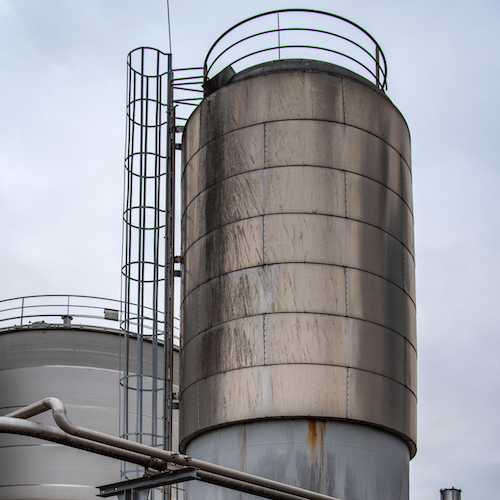05 August 2021

Two research projects led by the University of South Australia have been awarded a total of $768,228 in the latest round of Australian Research Council (ARC) Linkage Project funding.
Dr Gun Lee, from UniSA’s Australian Research Centre for Interactive and Virtual Environments will lead research to improve the inspection of metallic oil and chemical tanks using mixed reality technology, while Dr Helen Barrie, from UniSA’s The Australian Alliance for Social Enterprise, will lead a project exploring the social benefit of building mixed-use vertical communities in Australian cities.
Both projects will run over three years and see UniSA researchers collaborate extensively with industry and community stakeholders. The details of each project are:
– With ARC funding of $480,234, Dr Lee’s team will partner with asset integrity firm NDE Solutions to develop more efficient methods for monitoring the safety of storage for hazardous substances.
“Metallic pressure vessels, tanks and piping house some of the most dangerous chemicals, which erode the internal structure of the storage asset over time,” Dr Lee says.
“Currently, NDE Solutions uses remote-controlled robots to scan the internal structure of metallic assets, and this data is then analysed and plotted onto 3D models exhibiting tank and vessel integrity.
“This project will develop technology giving local tank inspectors and remote engineers the ability to remotely collaborate through seeing virtual scans overlaid onto physical assets as robots inspect them.”
NDE Solutions director, Kimal Singh, says there is a strong push in the resources sector to move as many personnel as possible from the field into safer, city-based working environments, and providing engineers with the ability to remotely assess the integrity of their assets will assist that transition.
“Having an augmented reality system where engineers can plug into a field-based technician’s helmet camera and make changes to their heads-up display would be of significant value to the industry and a step forward in the modern industrial revolution,” Singh says.
“This will improve inspection efficiency and contribute to preventing critical failures through early identification, thus averting disasters with potential for loss of life and environmental impact.”
– In the $287,994-funded project led by Dr Barrie, UniSA researchers will partner with Uniting Communities and the Australian Institute of Architects SA for a case study of the innovative mixed-use UCity building in Adelaide.
“In an increasingly urbanised world, cities must meet the needs of disparate and often vulnerable communities – denser, increasingly diverse urban populations require serious consideration about how to create resilient neighbourhoods and thriving communities,” Dr Barrie says.
“This project will address market opportunities for innovative, vertical urban communities, that include alternative forms of housing for vulnerable population groups; supportive, sustainable environments and built design; and co-location of social services, social opportunities and commercial businesses.
“The development of new social values tools and good-practice guides for Australia will provide benefits to industry and community alike by providing socially and environmentally appropriate housing for diverse end-user groups.”
Media: Dan Lander | mobile: 0408 882 809 | email: dan.lander@unisa.edu.au



